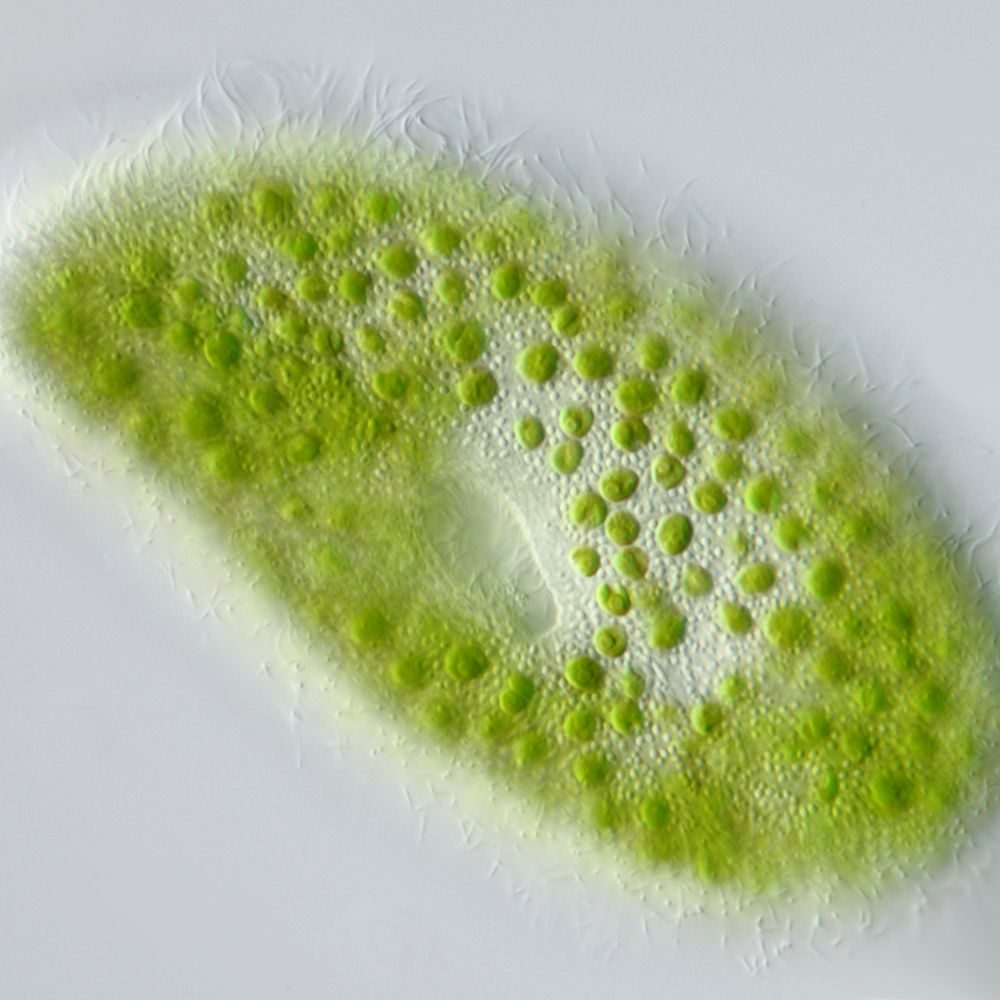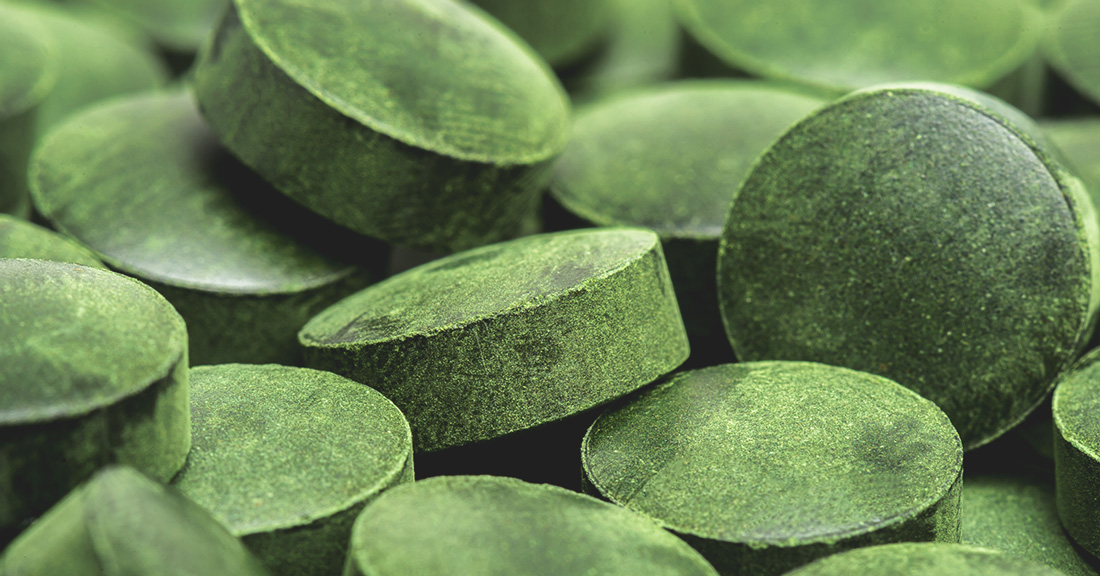They are a type of bacteria but in some ways act like plants by using sunlight to manufacture carbohydrates from carbon dioxide and water a process know as photosynthesis. Blue green algae blue green algae or cyanobacteria are microscopic cells that grow naturally in australian fresh and salt waters.

Having Friends Over For Lunch The Mutualism Of Paramecium Bursaria

Lipid Productivity In Limnetic Chlorella Is Doubled By Seawater

Haematococcus Pluvalis
There are several species of chlorella with chlorella vulgaris being one of the most commonly used in supplements.

Chlorella algae microscope. This unicellular algae was discovered in 1890 by martinus willem beijerinck as the first microalgae with a well defined nucleus. Please try again later. At x100 x250 x1000 and x2000.
The close up of this green paramecium bursaria a ciliate shows the individual cells of chlorella. Many green algae form long filaments. There were chlorella a true green freshwater algae which are spherical and darker green.
Algae are photosynthetic organisms belonging to the kingdom protista. The whole chlorella plant is used to make nutritional supplements and medicine. To add a bit of mystery the microscope also showed filamentous blue green algae which were massed together in random patterns on the slideperhaps part of the 50mg of the vaguely described blue green algae.
The cells stay attached after they divide. This feature is not available right now. Chlorella is genus of green algae family chlorellaceae found either singly or clustered in fresh or salt water.
Chlorella under the microscope chlorella is a genus of single cell green algae that is spherical in shape about 2 to 10 microns in diameter and without flagella. Alga is the singular of algae with a changing size from microscopic unicellular micro algae chlorella and diatoms to large massive kelps that are usually a length extending in meters 200 feet and then theres brown alga. Vulgaris is a green eukaryotic microalgae in the genus chlorella which has been present on earth since the precambrian period.
Through photosynthesis chlorella multiplies rapidly requiring only carbon dioxide water sunlight and a small amount of minerals to reproduce. Some genera like spirogyra mougeotia and zygnema can become so numerous they form dense mats of growth in surfaces of ponds.

Figure 1 From Chlorella Thermophila Trebouxiophyceae Chlorophyta

The Incredible Benefits Of Chlorella Nature S Healthiest Food

Algae Reproduction Identification And Classification

EmoticonEmoticon